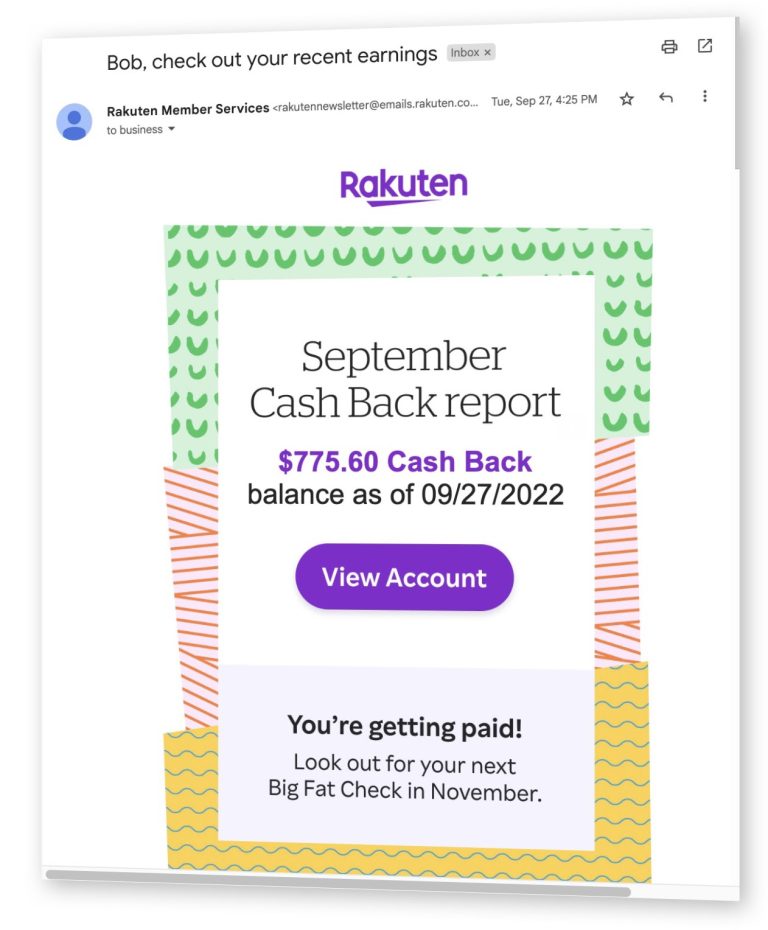An exchange-traded fund (ETF) is a type of investment fund that tracks a particular index, commodity, or basket of assets. ETFs are traded on stock exchanges, and they typically have lower fees and expenses than traditional mutual funds. ETFs are also more flexible in terms of how they can be used by investors.
The Benefits of ETFs
There are several benefits to investing in ETFs. First, ETFs offer investors a convenient way to gain exposure to a wide range of asset classes and markets. For example, there are ETFs that track indexes such as the S&P 500, the Dow Jones Industrial Average, and the Nasdaq Composite. There are also ETFs that track specific sectors such as energy, healthcare, and technology. In addition, there are ETFs that track commodities such as gold and silver. Second, ETFs tend to have lower fees and expenses than traditional mutual funds. This is because ETFs are generally more passive in nature and do not require the same level of active management as mutual funds. Third, ETFs offer more flexibility in terms of how they can be used by investors. For example, ETFs can be traded throughout the day on stock exchanges, and they can be bought and sold in a variety of ways.
Fourth, ETFs can provide investors with a way to hedge against specific risks. For example, there are ETFs that track the VIX, which is a measure of market volatility. There are also ETFs that track the price of gold, which can be used as a hedge against inflation. Fifth, ETFs can be used to gain exposure to foreign markets. For example, there are ETFs that track the MSCI EAFE Index, which is a broad measure of the stock markets of Europe, Australia, and Asia. Sixth, ETFs can be used to access alternative investments such as real estate and commodities. For example, there are ETFs that track the Bloomberg Commodity Index, which includes a wide range of commodities such as oil, gold, and silver. Seventh, ETFs can be used to implement various investment strategies. For example, there are ETFs that track the S&P 500 Dividend Aristocrats Index, which includes companies that have increased their dividends for 25 consecutive years. Finally, ETFs offer tax advantages in some cases. For example, ETFs that track indexes are generally taxed at the capital gains rate, which is lower than the rate for traditional mutual funds.
The Risks of ETFs
There are also some risks associated with investing in ETFs. First, ETFs are subject to the same risks as any other investment, such as market risk, liquidity risk, and credit risk. Second, because ETFs are traded on stock exchanges, they can be subject to short-term price fluctuation due to supply and demand imbalances. Finally, some ETFs are more complex than others, and they may be subject to additional risks such as derivatives risk. Investors should carefully consider these risks before investing in any ETF.
In addition to these risks, ETFs also have unique risks that investors need to be aware of. For example, because ETFs are traded on stock exchanges, they may be subject to market manipulation and other fraudulent activities. In addition, ETFs that track a particular index or sector may be more volatile than the overall market. Investors should research an ETF before investing to make sure they understand all the risks involved.
ETFs can be a great way to invest in a variety of assets, but it’s important to understand the risks before investing. With any investment, there is the potential for loss, so investors should always research an ETF before investing.
How to Invest in ETFs
There are a few different ways to invest in ETFs. The most common way is to buy ETF shares through a broker. Investors can also buy ETFs through a mutual fund, exchange-traded note, or unit investment trust. Another way to invest in ETFs is to participate in a exchange-traded fund’s initial public offering (IPO).
When investing in ETFs, it is important to consider the fees associated with the investment. Some ETFs have high expense ratios, which can eat into your investment returns. It is also important to consider the liquidity of the ETF. Some ETFs trade infrequently, which can make it difficult to sell your shares when you want to.
The Different Types of ETFs
There are many different types of ETFs available to investors. Some of the most common types include equity ETFs, bond ETFs, commodity ETFs, and currency ETFs. Equity ETFs track stocks or stock indexes, bond ETFs track bonds or bond indexes, commodity ETFs track commodities, and currency ETFs track foreign currencies.
Each type of ETF has its own set of benefits and risks. Equity ETFs, for example, may offer the potential for high returns (i.e. growth stocks), but they also come with the risk of loss. Bond ETFs tend to be less volatile than equity ETFs, but they may not offer the same potential for returns. Commodity ETFs can offer exposure to a wide range of commodities, but they may be subject to volatile price swings. Currency ETFs offer the potential for exposure to foreign currencies, but they may be subject to currency risk.
Investors should carefully consider their investment objectives and risks before investing in any type of ETF.
The Pros and Cons of ETFs
As with any investment, there are pros and cons to investing in ETFs. Some of the main pros include the convenience, flexibility, and low costs associated with ETFs. Some of the main cons include the risks associated with ETFs, as well as the fact that they can be subject to short-term price fluctuation. Ultimately, whether or not investing in ETFs is right for you will depend on your individual investment goals and objectives.
Some of the main pros of investing in ETFs include the convenience and flexibility that they offer. ETFs can be traded on major stock exchanges, and they offer investors the ability to invest in a variety of different asset classes and sectors. ETFs also have low costs associated with them, which makes them an attractive option for many investors.
However, there are also some risks associated with investing in ETFs. ETFs can be subject to short-term price fluctuation, and they may not always perform in line with the underlying index or benchmark. Additionally, ETFs are not without risk, and investors could lose money if the market or sector declines. Before investing in ETFs, it is important to understand the risks and potential rewards associated with them.





















